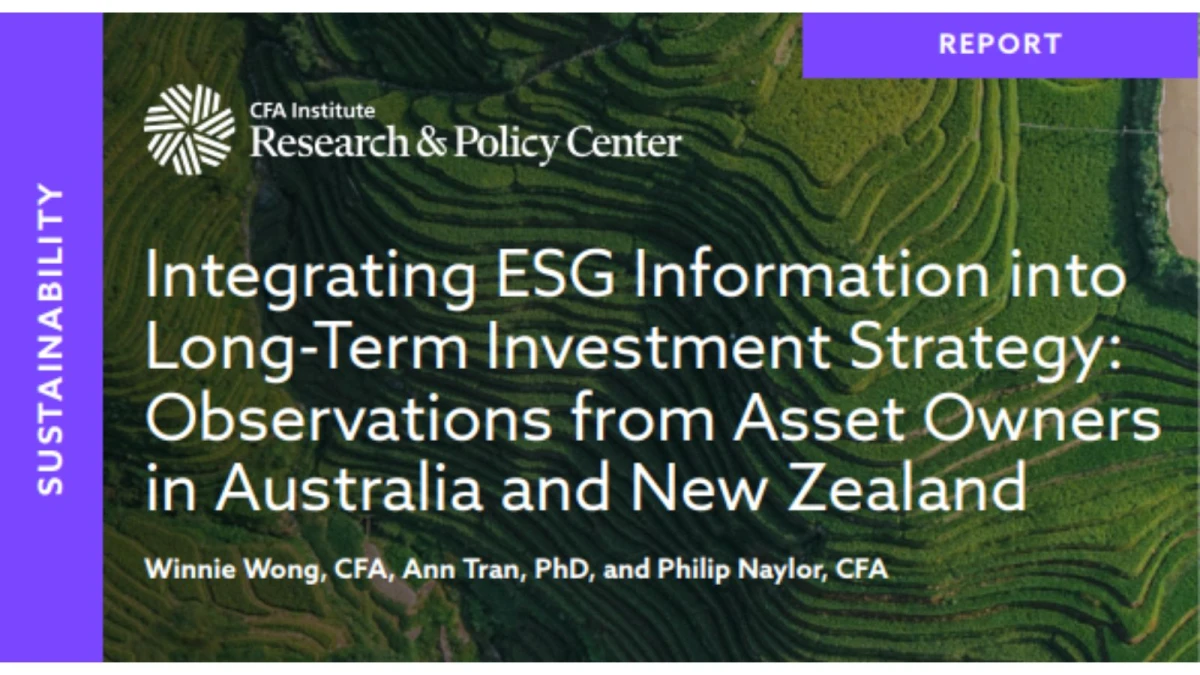
ESG at the Margins: Why Responsible Investment Rarely Drives Long-Term Asset Allocation
The increasing focus of industry stakeholders on responsible investment has led to greater scrutiny of how asset owners integrate environmental, social, and governance (ESG) information into their investment strategies. We identified a gap in the literature regarding the role of ESG integration in setting long-term investment strategy, such as strategic asset allocations (SAAs). Through an interview and survey approach with investment strategy leaders at large asset owners in Australia and New Zealand, our research explores the key considerations for integrating ESG information into SAA, including regulatory changes, evolving stakeholder expectations, and the recognition that ESG risks and opportunities may have a material impact on financial returns over time. Given the prominence of Australian and New Zealand asset owners in the wider international pension system, this research has global relevance.
We found that as asset owners, particularly in Australia and New Zealand, continue to refine their ESG integration approaches, significant variation exists in their methodologies. Some asset owners adopt a top-down approach, adjusting their capital market assumptions (CMAs) to account for climate risks in their return assumptions. Many others rely on a bottom-up methodology, incorporating sustainability at the asset class or individual investment level. Additionally, debate continues about the trade-offs between impact objectives and traditional risk-adjusted return expectations, as well as other investment objectives that asset allocators must optimise.
[....]



